AB, CD, PQ are perpendicular to BD. If AB = x, CD = y and PQ = z
prove that 1x+1y=1z
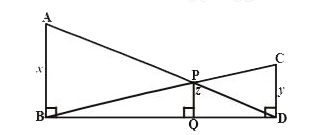 Solution in Gujrati
Solution in Gujrati
Step by step video & image solution for AB, CD, PQ are perpendicular to BD. If AB = x, CD = y and PQ = z prove that (1)/(x) + (1)/(y) = (1)/(z) by Maths experts to help you in doubts & scoring excellent marks in Class 10 exams.
Updated on:21/07/2023Topper's Solved these Questions
- SIMILAR TRIANGLES BOOK - NCERT GUJARATICHAPTER - SIMILAR TRIANGLES EXERCISE - EXERCISE - 8.3
6 Videos
- SIMILAR TRIANGLES BOOK - NCERT GUJARATICHAPTER - SIMILAR TRIANGLES EXERCISE - EXERCISE - 8.4
14 Videos
- SIMILAR TRIANGLES BOOK - NCERT GUJARATICHAPTER - SIMILAR TRIANGLES EXERCISE - EXERCISE - 8.1
9 Videos
- SETSBOOK - NCERT GUJARATICHAPTER - SETSEXERCISE - Try This
11 Videos
- STATISTICSBOOK - NCERT GUJARATICHAPTER - STATISTICSEXERCISE - THINK AND DISCUSS
8 Videos
Similar Questions
D, E, F are mid points of sides BC, CA, AB of ΔABC. Find the ratio of areas of ΔDEFandΔABC.
View SolutionProve that the sum of the squares of the sides of a rhombus is equal to the sum of the squares of its diagonals.
View SolutionIn ΔPQR, ST is a line such that PSSQ=PTTR and also ∠PST=ΔPEO.
Prove that ΔPQR is an isosceles triangle .
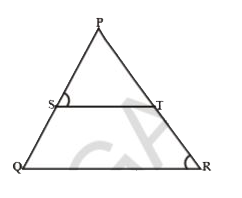
View SolutionWrite some sets of your choice, involving algebraic and geometrical ideas.
View SolutionThe mean value can be calculated from both ungrouped and grouped data. Which one do you think is more accurate? Why?
View SolutionIn the given figure AB|PQ|CD, AB =x units ,CD=y units and PQ=z units,Prove that (1)/(x)+(1)/(y)=(1)/(z)
View SolutionIn the given figure (not to scale), O is the centre of the circle. A,B,C and D are concyclic and AB=CD . If /_MON =120^(@) , then find /_ OPN .
View Solution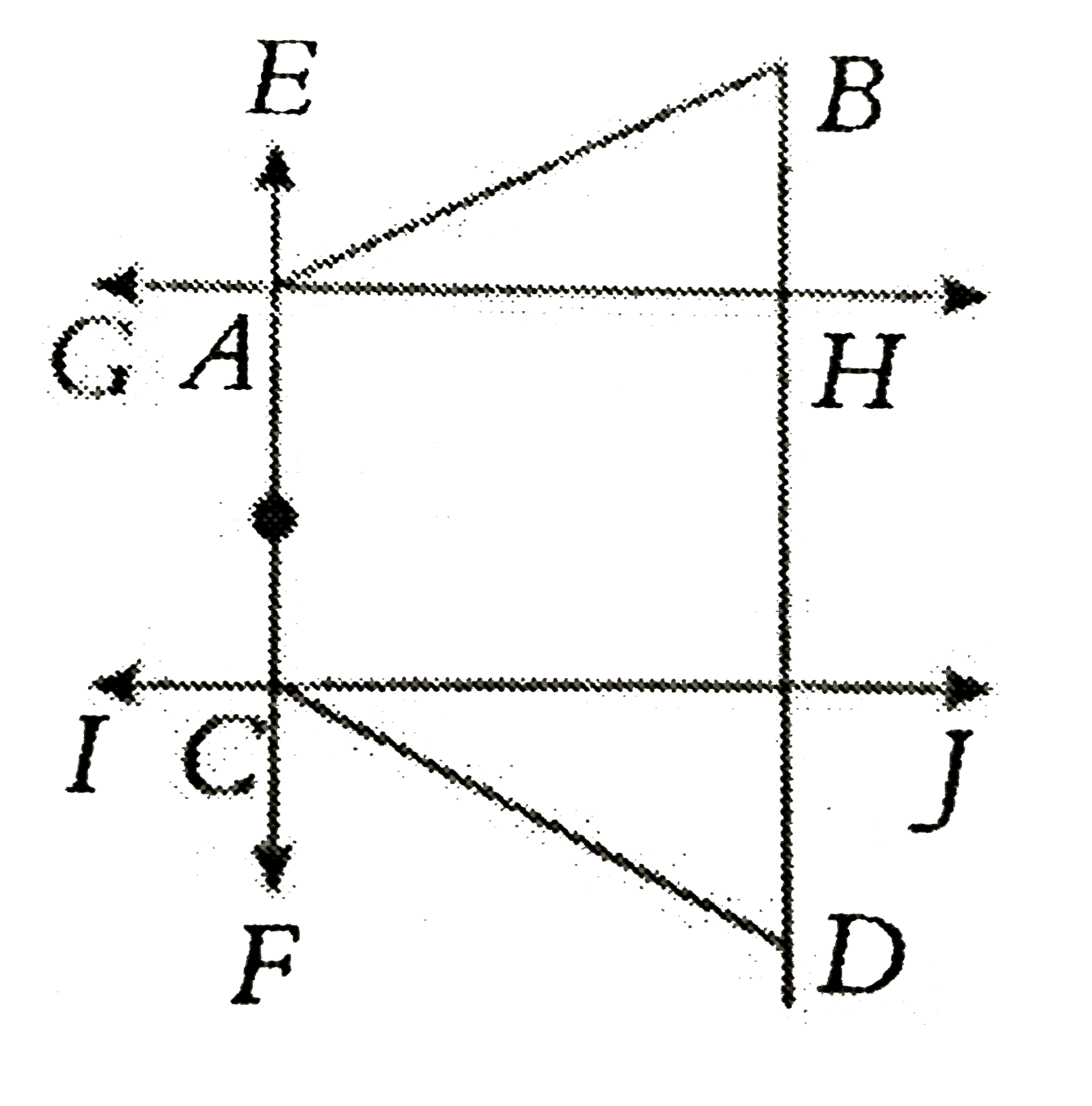
In the above figure, GH∣∣IJ and AC∣∣BD,AB and CD are bisectors of ∠EAH and ∠FCJ respectively. Find the ∠ABD+∠BDC, if ∠BAC=3∠BDC.
View SolutionDetermine the point of symmetry of a regular hexagon.
View SolutionIn the figure above (not to scale), ¯¯¯¯¯¯AB⊥¯¯¯¯¯¯CDandAD is the bisector of ∠BAE.AB=3cm and AC=5cm. Find CD.
View SolutionIn the following figure (not to scale) , ABCD is an isosecles trapezium. overline(AB)||overline(CD), AB=9cm and CD =12 CM, AP:PD =BQ:QC=1:2 . Find PQ.
View SolutionMatch the following Column A to Column B
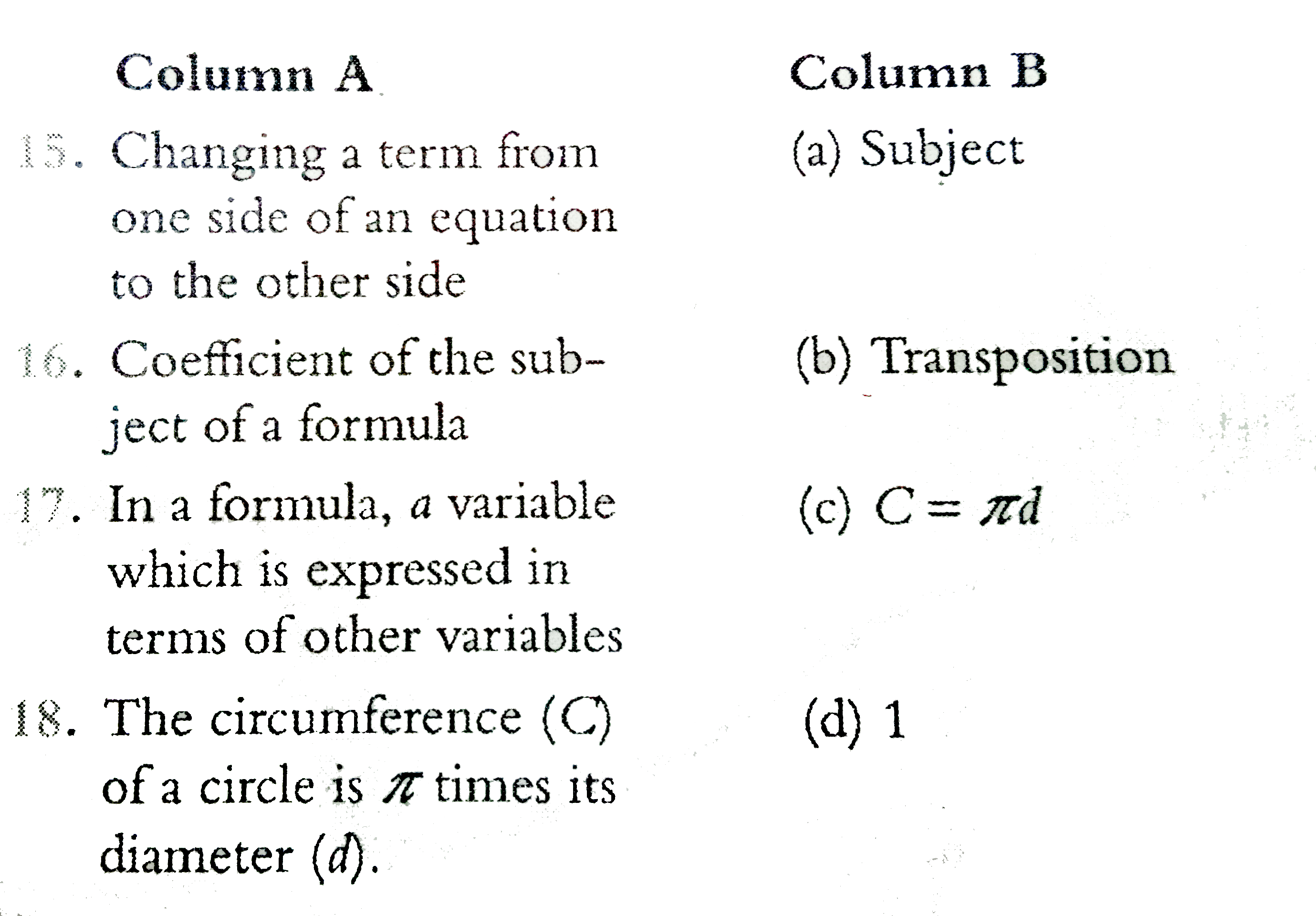
View SolutionMatch the following Column A to Column B
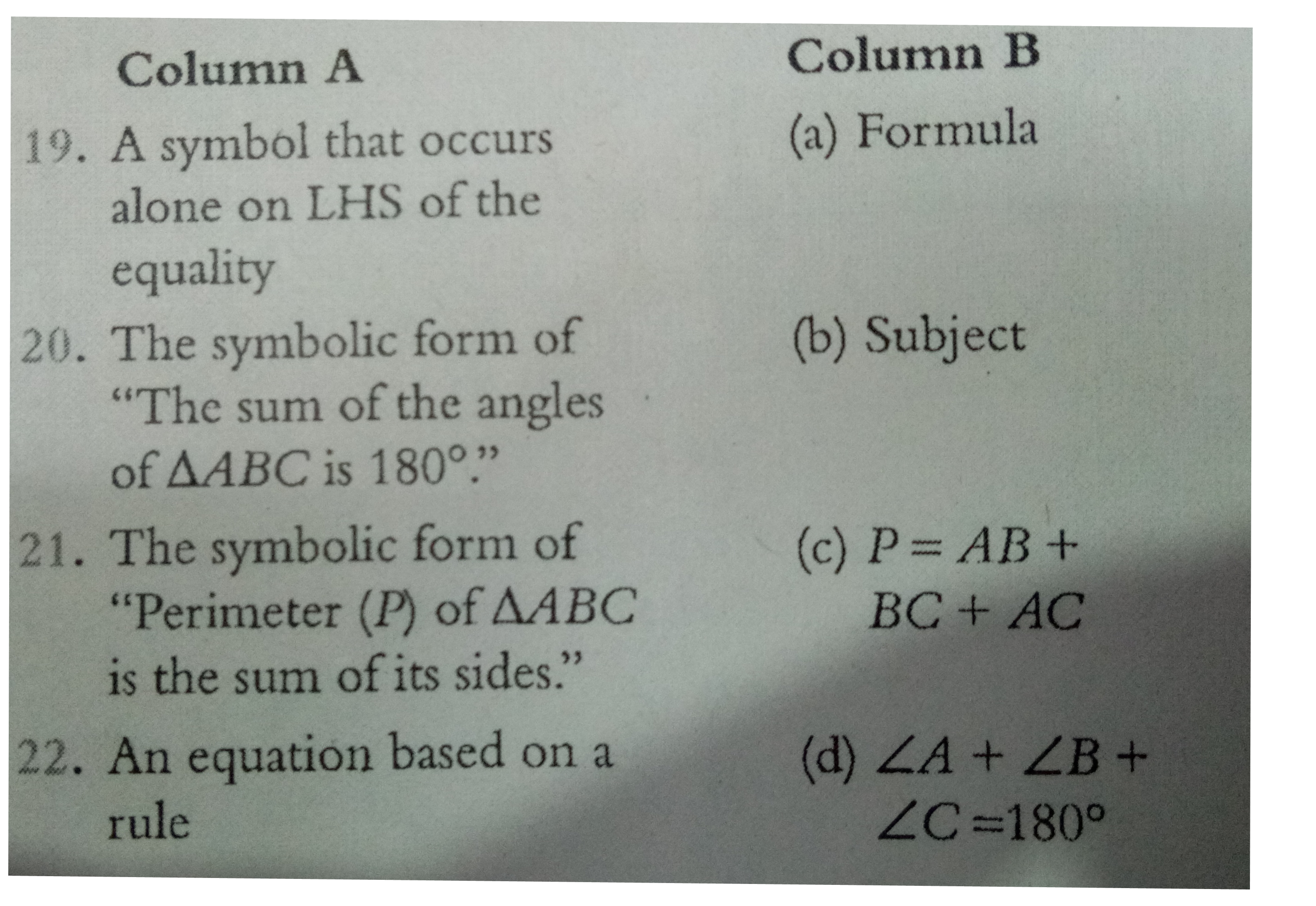
View SolutionMatch the following Column A to Column B
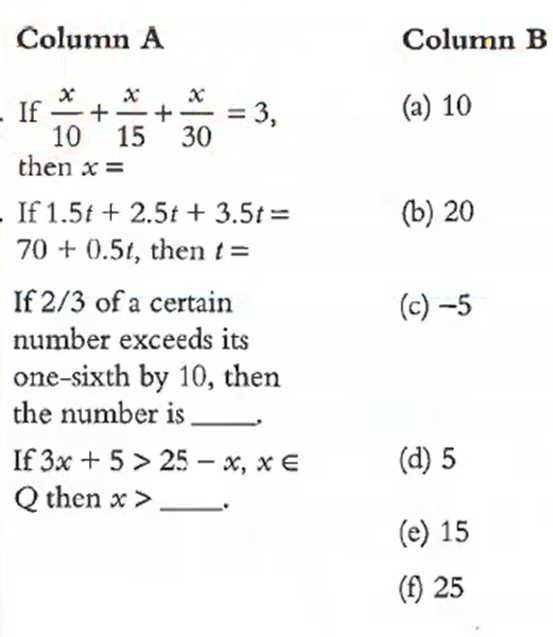
View SolutionThe inequation represented by the graph given below is :
View SolutionThe inequation that best describes the graph given below is _________
View Solution
